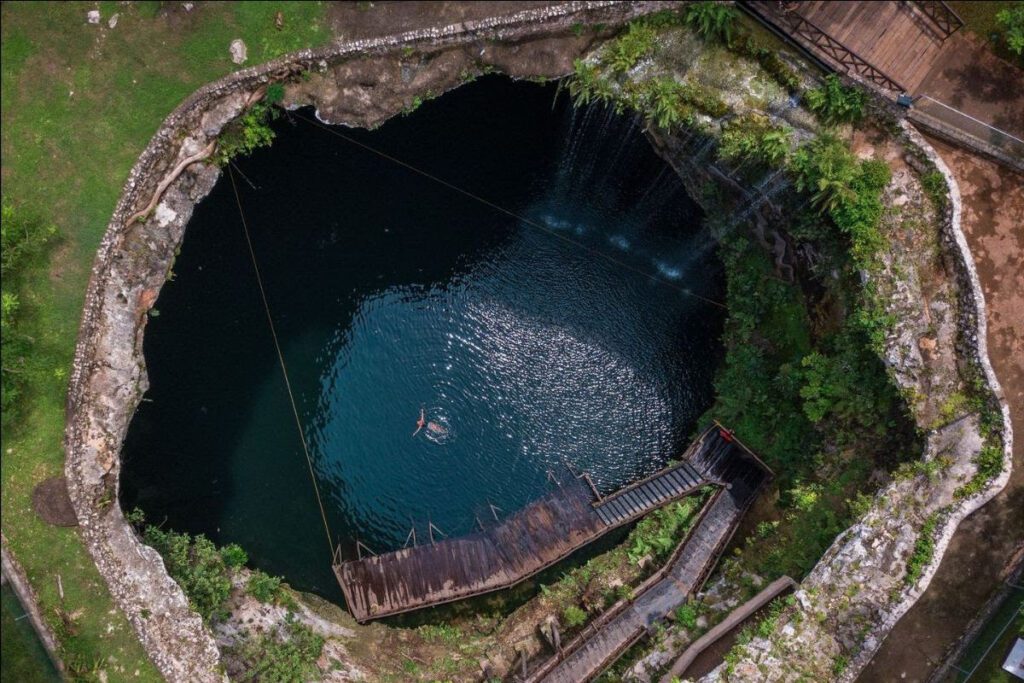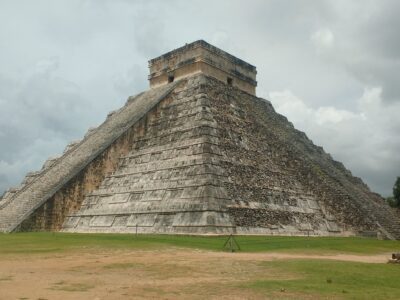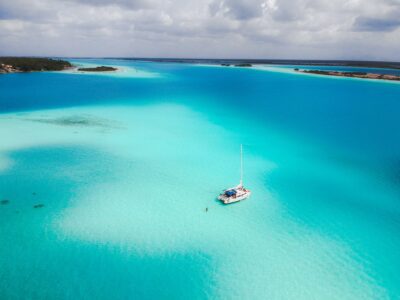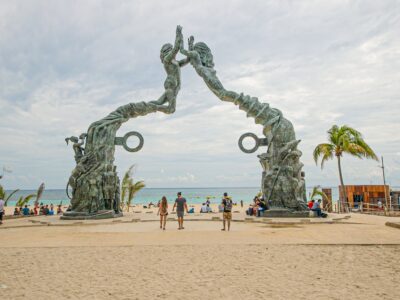Cenotes are one of the most sought-after destinations for tourists and locals, especially during the hottest times of the year. However, is swimming or bathing in them risky?
Recently, social media users reported histoplasmosis, a fungal infection, usually asymptomatic, that can affect the lungs and sometimes other organs. It is acquired by inhaling the spores of the fungus “Histoplasma capsulatum,” found in the soil and in bird and bat droppings. According to social media, some people have contracted this disease while swimming in Yucatán’s cenotes.
Given this situation, Yamili Salazar Ku, general director of Gips Bacab, A.C., and anthropologist Sergio Grosjean Abimerhi agreed that the problem with cenotes is not limited to the presence of fungi.
Sergio Grosjean clarified that the fungus that causes histoplasmosis is not exclusive to cenotes, but is present in the environment, particularly in caves with dry areas. He noted that the excrement of iguanas, bats, and birds generates spores and bacteria that can cause this disease.
The anthropologist warned that people with compromised immune systems are the most vulnerable and shared that, in his case, he wears a face mask when visiting cenotes with a risk of bacteria or if he has a cold.
He also emphasized that when a cenote is discovered, it often becomes a tourist attraction without conducting studies to assess the viability of its recreational use. He also stresses the importance of monitoring water quality, evaluating parameters such as pH and the presence of fecal coliforms, contaminants that come from farms, agricultural crops, and urban growth.

The anthropologist warned that many cenotes, once abandoned, have been reused without considering their level of contamination, often affected by domestic wastewater discharges.
When the water becomes cloudy, some residents turn to chlorine to “clean” it, affecting not only the bathers but also the aquifer. Grosjean recalled that between 2012 and 2016, he conducted quality studies in cenotes, where he found that 83% of the 60 bodies of water analyzed already showed worrying levels of contamination. According to him, the current situation could be even more serious. Faced with this problem, there are groups working on the cleanup and conservation of cenotes, such as Gips Bacab, A.C.
Yamili Salazar Ku explained that this organization is dedicated to water conservation in the Cenote Ring State Geohydrological Reserve, a little-known but vital water recharge area for the state.
Part of their work is to raise awareness in communities, teaching them that they themselves are part of the solution. Through environmental and social education programs and community monitoring, they provide tools to determine the physical, chemical, and bacteriological parameters of cenotes and community wells.
Yamili Salazar Ku explained that, although the water may appear clean at first glance, it can be contaminated. With specialized kits, they can easily detect contamination levels. They also organize cleanup days in areas outside the cenotes, where they have collected up to 700 kilos of trash in just two hours.
The director agreed that illegal dumps are a serious problem, as leachate ends up filtering into the aquifer. She also pointed to the lack of wastewater treatment systems as a factor exacerbating the contamination.

Regarding the recommendation to swim in cenotes, Yamili Salazar mentioned that some members of her team advise avoiding it, remembering that the water in the cenotes is part of the drinking water supply. If you decide to swim, she recommended not ingesting the water and being mindful of not exceeding the natural capacity of the ecosystem, thus allowing it to regenerate.
TYT Newsroom
The post Is it risky to swim in Yucatán’s cenotes? first appeared on The Yucatan Times.














